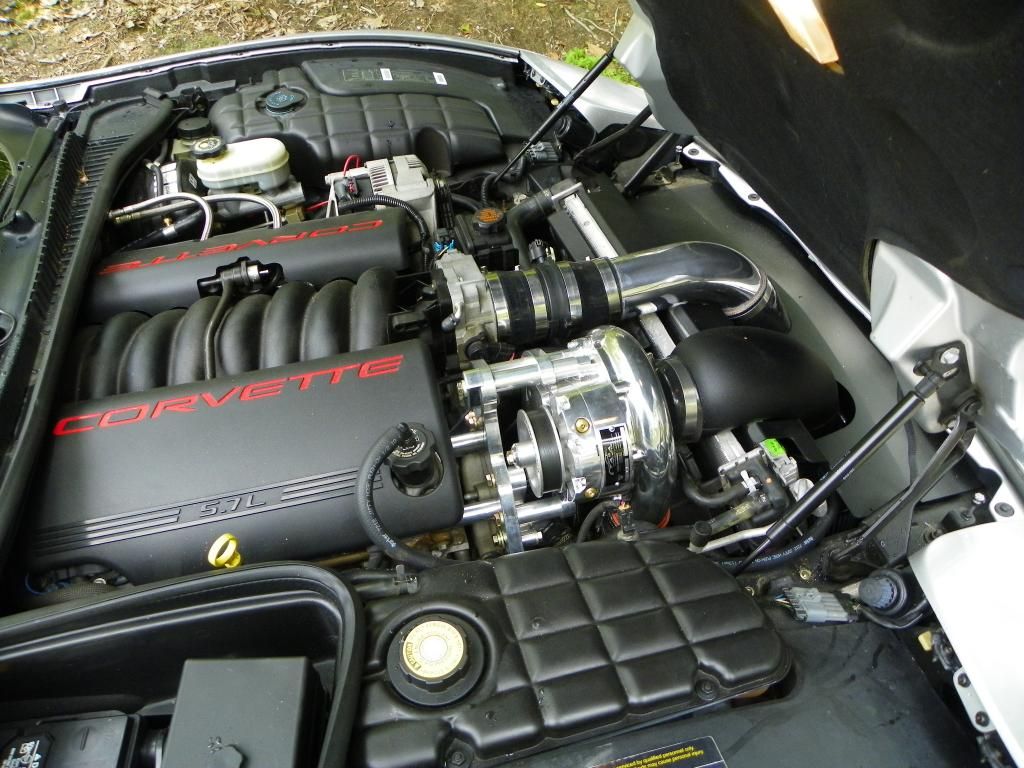toobroketoretire
Banned
I went to the coast and back yesterday (about 390 miles total) for the sole purpose of checking my fuel mileage on a long trip at mostly freeway speeds. As I had been getting 14 mpg on my local trips I was sure I would get at least 16 mpg or more on my coast trip. I was very disappointed when I only averaged 13.5 mpg and wondered why it had gotten LESS mileage. I had noticed my exhaust sounded a bit different under a heavy throttle and I had also noticed my engine seemed to "lope" more than usual when I was idling thru the big parking lot in front of the Pismo Beach pier. But other than those two little things it ran perfectly smooth and trouble free.
This morning I used my IR gun to measure the exhaust port temperatures and found the #2 cylinder was showing about 250 degrees less than the others. I did a compression test and it BARELY made 80 psi after about 10 compression strokes. I tried it again and it BARELY made 80 psi after about 10 more compression strokes. I tried it a third time and again it BARELY made 80 psi after about 10 compression strokes. I wondered if I could have a broken valve spring so I pulled the valve cover and found nothing broken or out of adjustment. Hmm. I did a fourth compression test and this time it showed 165 psi after about 3 compression strokes (???). As that #2 cylinder hadn't been firing carbon had gotten stuck on the valves or seats and was the cause of the very low compression and failure for that cylinder to fire.
I checked that #2 spark plug wire and found it had about twice the ohms resistance than the others so that wire was no good. I just ordered a set of MSD wires from Summit Racing and they'll get here early next week. The whole point of this thread is to tell you compression tests CAN be faulty if carbon or other debris has gotten stuck on a valve or seat. Had I been "Joe Average" and taken my big block '71 to a shop they would have almost certainly told me I had a burned valve or damaged valve seat and tore my engine apart for nothing.
If you ever do a compression check and find a low cylinder check it again and again and again and again. If it continues to show a low pressure try pressurizing the cylinder with about 150 psi of air pressure (using a spark plug adapter and air compressor) and spin the engine over again. You MAY just have a little piece of crud stuck on the valve or seat and the pressure will dislodge it.
This morning I used my IR gun to measure the exhaust port temperatures and found the #2 cylinder was showing about 250 degrees less than the others. I did a compression test and it BARELY made 80 psi after about 10 compression strokes. I tried it again and it BARELY made 80 psi after about 10 more compression strokes. I tried it a third time and again it BARELY made 80 psi after about 10 compression strokes. I wondered if I could have a broken valve spring so I pulled the valve cover and found nothing broken or out of adjustment. Hmm. I did a fourth compression test and this time it showed 165 psi after about 3 compression strokes (???). As that #2 cylinder hadn't been firing carbon had gotten stuck on the valves or seats and was the cause of the very low compression and failure for that cylinder to fire.
I checked that #2 spark plug wire and found it had about twice the ohms resistance than the others so that wire was no good. I just ordered a set of MSD wires from Summit Racing and they'll get here early next week. The whole point of this thread is to tell you compression tests CAN be faulty if carbon or other debris has gotten stuck on a valve or seat. Had I been "Joe Average" and taken my big block '71 to a shop they would have almost certainly told me I had a burned valve or damaged valve seat and tore my engine apart for nothing.
If you ever do a compression check and find a low cylinder check it again and again and again and again. If it continues to show a low pressure try pressurizing the cylinder with about 150 psi of air pressure (using a spark plug adapter and air compressor) and spin the engine over again. You MAY just have a little piece of crud stuck on the valve or seat and the pressure will dislodge it.
Last edited:





